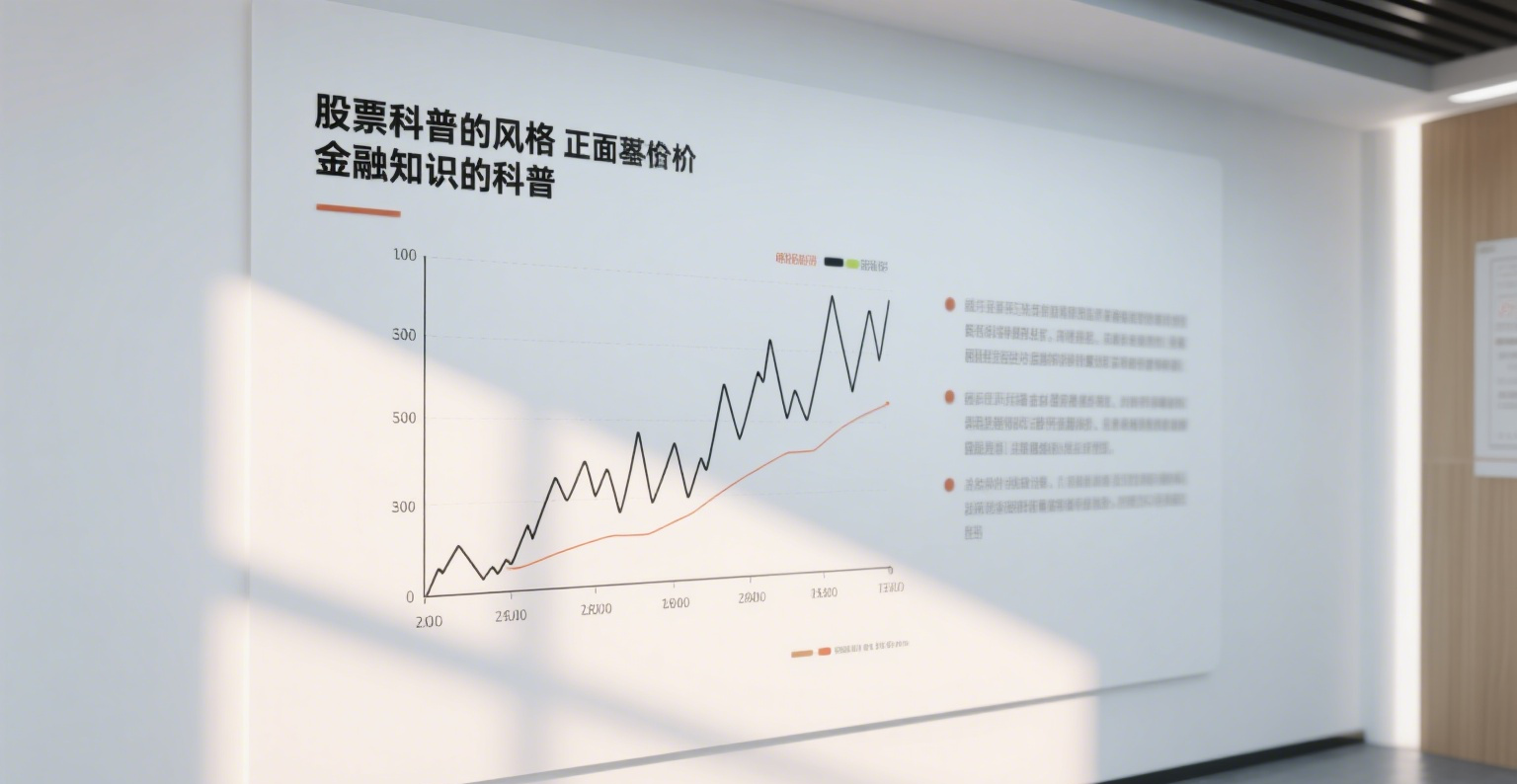
What Does Trading Volume Mean?
This note briefly explains the common trading volume indicators in market data.
The concept of trading volume is relatively straightforward—it generally refers to the number of shares traded within a specified period. It can be expressed in several ways:
-
Number of Shares Traded: Typically measured in "lots," where 1 lot = 100 shares.
-
This method is more suitable for historical comparisons of a single stock's trading volume.
-
However, it does not account for differences in the size of floating shares among different stocks.
-
-
Turnover Amount: Calculated as: Turnover Amount = Number of Shares Traded × Average Trading Price.
-
This approach is particularly useful for analyzing overall market trends and can intuitively reflect capital inflows and outflows for individual stocks.
-
However, it lacks comparability with other data or indicators, as a turnover of 10 million for a small-cap stock carries a different weight than the same amount for a large-cap stock in terms of total market activity.
-
-
Turnover Rate: Turnover Rate = (Number of Shares Traded in a Given Period / Floating Shares) × 100%
-
Floating Shares: Refers to the number of shares actually available for trading in the market, excluding shares held by insiders, locked-up shares, etc.
-
The turnover rate reflects a stock's liquidity, i.e., its trading activity.
-
A high turnover rate usually indicates frequent trading and strong investor interest in the stock.
-
A low turnover rate may suggest low market attention and inactive trading.
-
-
An increase in the turnover rate can also signal heightened short-term trading or speculative activity.
-
Caution is warranted when a sharp rise in the turnover rate occurs at high price levels, especially if accompanied by frequent market rumors—this could be a sign of major players offloading their holdings.
-
-
















